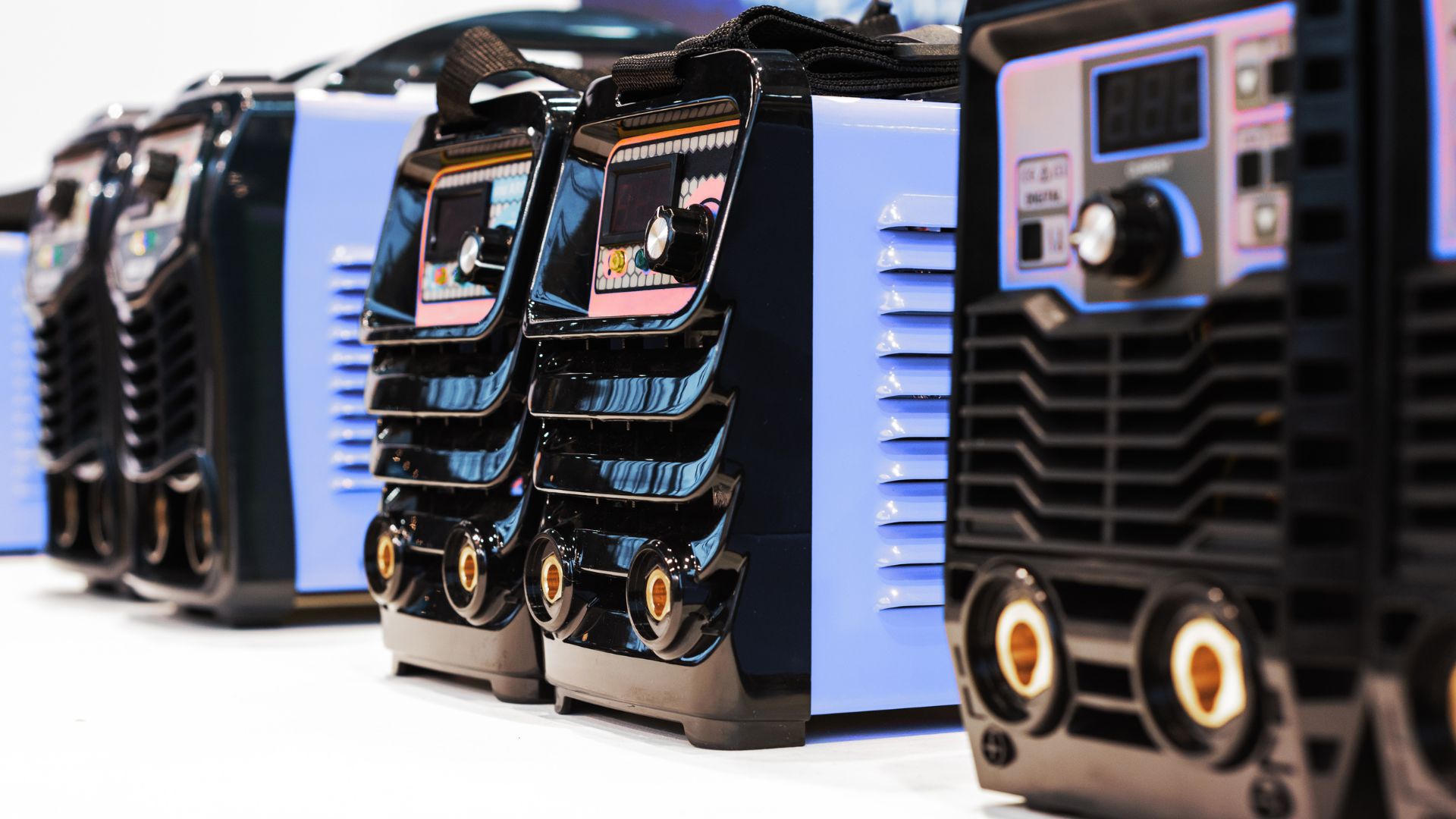The welding industry, a cornerstone of manufacturing and construction, is continually evolving. As we approach 2025, several emerging trends and technological advancements are poised to shape the future of welding. This article explores the key trends that are expected to dominate the welding industry, offering insights into what the future holds for professionals and businesses alike.
1. Automation and Robotics
One of the most significant trends in welding is the increasing adoption of automation and robotics. Automated welding systems and robotic arms are becoming more sophisticated and accessible, offering numerous advantages:
- Increased Efficiency: Automation allows for faster production cycles, reducing the time required to complete welding tasks.
- Improved Precision: Robotic welders can achieve higher precision and consistency than manual welding, leading to better quality welds.
- Bezpečnost: Automation reduces the need for human welders to be in hazardous environments, decreasing the risk of accidents and health issues.
By 2025, it is expected that more welding operations, especially in large-scale manufacturing, will incorporate advanced robotic systems. This shift will not only enhance productivity but also address the growing shortage of skilled welders.
2. Advanced Welding Materials
The development of new and advanced welding materials is set to revolutionize the industry. As industries demand stronger, lighter, and more durable materials, welding technology must adapt. Key materials gaining traction include:
- Vysokopevnostní slitiny: These materials offer superior strength-to-weight ratios, making them ideal for aerospace and automotive applications.
- Aluminum and Titanium: With their excellent corrosion resistance and lightweight properties, these metals are becoming increasingly popular in various industries.
- Kompozitní materiály: The use of composites in welding is on the rise, offering unique benefits such as reduced weight and enhanced performance.
The ability to weld these advanced materials efficiently will be a critical focus for the industry, driving the development of specialized welding techniques and equipment.
3. Digitalization and Smart Welding
The integration of digital technologies into welding processes is transforming the industry. Smart welding systems equipped with sensors, IoT connectivity, and data analytics are becoming more prevalent:
- Monitorování v reálném čase: Advanced sensors allow for real-time monitoring of welding parameters, ensuring optimal performance and immediate detection of anomalies.
- Prediktivní údržba: Data analytics can predict equipment failures before they occur, reducing downtime and maintenance costs.
- Kontrola kvality: Digital systems enhance quality control by providing detailed records of welding parameters and outcomes, facilitating traceability and compliance.
By 2025, digitalization is expected to be a standard feature in welding operations, providing unprecedented levels of control and efficiency.
4. Sustainable Welding Practices
As environmental concerns continue to rise, the welding industry is under pressure to adopt more sustainable practices. Key trends in this area include:
- Eco-Friendly Materials: The use of environmentally friendly welding consumables that reduce harmful emissions and waste.
- Energetická účinnost: Development of energy-efficient welding equipment and processes to minimize energy consumption.
- Recycling and Reuse: Implementing practices to recycle and reuse welding materials and byproducts, reducing the industry’s environmental footprint.
Sustainability will play a crucial role in shaping the future of welding, with companies increasingly prioritizing green initiatives to meet regulatory requirements and corporate social responsibility goals.
5. Enhanced Training and Education
The need for skilled welders remains a pressing issue, exacerbated by an aging workforce and the increasing complexity of welding technologies. To address this, the industry is focusing on enhanced training and education:
- Virtual Reality (VR) Training: VR technology provides immersive training experiences, allowing welders to practice in a simulated environment without the risk of injury or material waste.
- Online Learning Platforms: The proliferation of online courses and certifications makes it easier for welders to acquire new skills and stay updated with industry developments.
- Apprenticeship Programs: Companies are investing in apprenticeship programs to cultivate the next generation of skilled welders, ensuring a steady supply of qualified professionals.
By 2025, innovative training methods will be essential in equipping welders with the knowledge and skills needed to navigate the evolving landscape of the industry.
6. Integration of Additive Manufacturing
Additive manufacturing, or 3D printing, is increasingly being integrated into welding processes. This hybrid approach combines the strengths of both technologies:
- Complex Geometries: Additive manufacturing can create complex geometries that are difficult or impossible to achieve with traditional welding methods.
- Material Efficiency: By using only the necessary amount of material, additive manufacturing reduces waste and costs.
- Customization: This technology allows for the production of highly customized parts, catering to specific needs and applications.
The synergy between welding and additive manufacturing will open up new possibilities for design and production, driving innovation in the industry.
Závěr
As we look toward 2025, the welding industry is on the cusp of significant transformation. Automation, advanced materials, digitalization, sustainability, enhanced training, and additive manufacturing are key trends that will shape the future of welding. Embracing these advancements will be crucial for businesses and professionals aiming to stay competitive and thrive in the evolving landscape. The welding industry is not just keeping pace with technological changes; it is at the forefront of driving innovation, ensuring that it remains a vital and dynamic field in the years to come.

